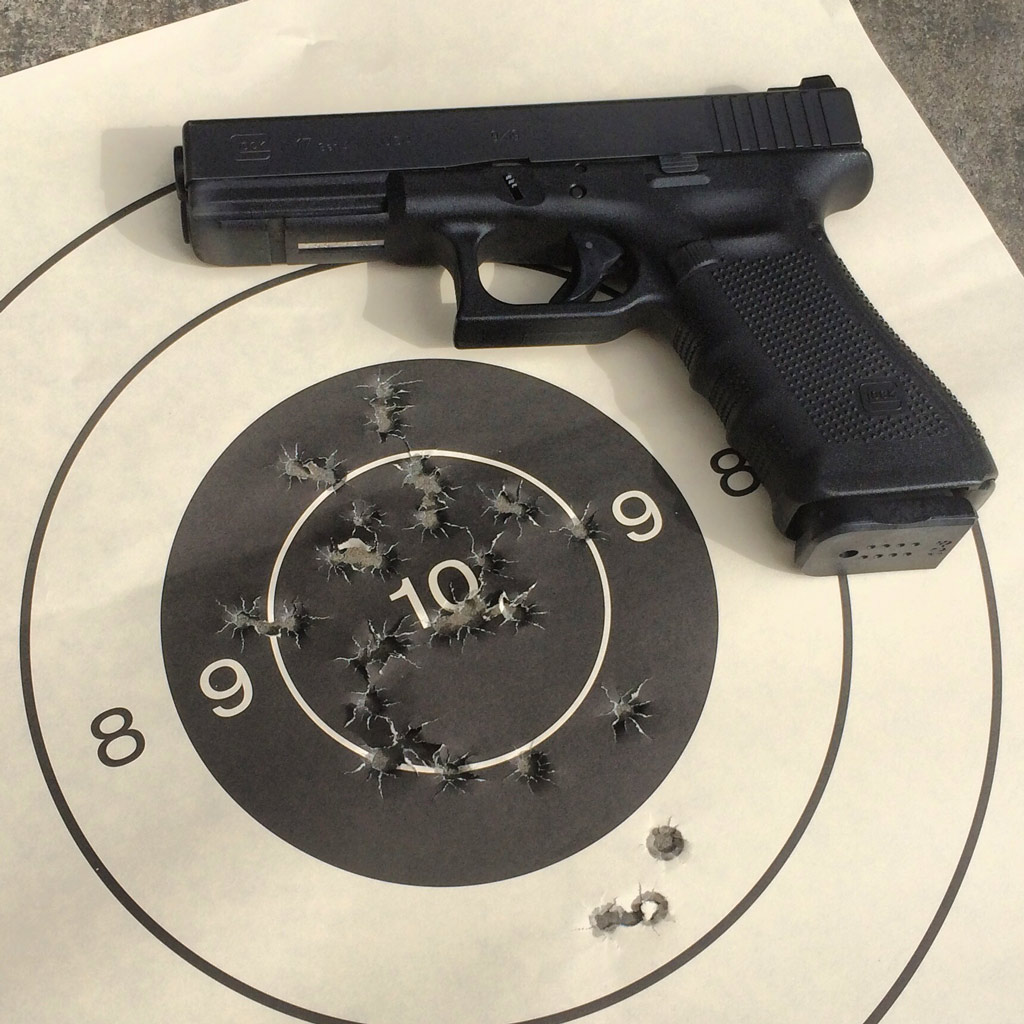Dave Spaulding ·
I headed to my gun club recently to partake in some task-specific skill building in what I call "the combative application of the pistol." When I arrived, the range I intended to use was occupied by three men who were dressed in "bill board" clothing that alleged they were being sponsored by major gun companies. Their guns looked as if they came from a STAR WARS movie in holsters that barely kept them from falling on the ground. When I inquired as to getting some range space, I was told they were "practicing to USPSA standards and that it was unlikely I could keep up." I was told I was welcome to watch, however.
OK, I decided to do just that. What occurred next was nothing more than an exercise in ballistic masterbation. These guys ran from place to place so fast there was no way they could utilize solid technique...one even missed his magazine well, jettisoning his magazine into the air before trying again. There was no attempt to plant and shoot accurately as they slowed and sprayed the area. They should have left the barricade out as no attempt was made to actually use it. As a matter of fact, they stood next to it. At the end, their targets looked like #4 Buck had been used, but they were high fiveing each other talking exclusively about their times. They were right, I could not keep up with this stuff and I deciding to practice another day.
Don't get me wrong, I am a full supporter of shooting sports. I have shot PPC, USPSA and IDPA and find them to be a great activity and if done well, can actually be a fine training vehicle for personal security. However, if this is your goal, you should never be in a hurry to get shot and your ultimate aim (pun intended) should be to stop your adversary quickly. This means shot placement or on the USPSA Target an "A" zone hit. Combative Pistol craft is a balance of speed and accuracy and as I recall, so is USPSA but I did not see that here...it was all about speed.
These gentlemen claimed this was a practice session, but there was no attempt at a correct grip, smooth, efficient draw, a solid reload on the first try...you know, the kind of stuff that is essential to proper pistol shooting of any discipline. It was all about how fast they could go from start to finish with little regard for anything else. I do have to admit, their clothing looked great! It seems that "tacti-cool" has made its way to the shooting sports. What would it be "comp-u-cool"?
Having been a former scholastic and collegiate athlete, I am surely a fan of sport, but the sport should be done WELL. Anything worth doing is worth doing WELL, but what I saw here was not it, whether it was for sport or defense.






















3 THOUGHTS ON “MY GLOCK SHOOTS LEFT (?)”